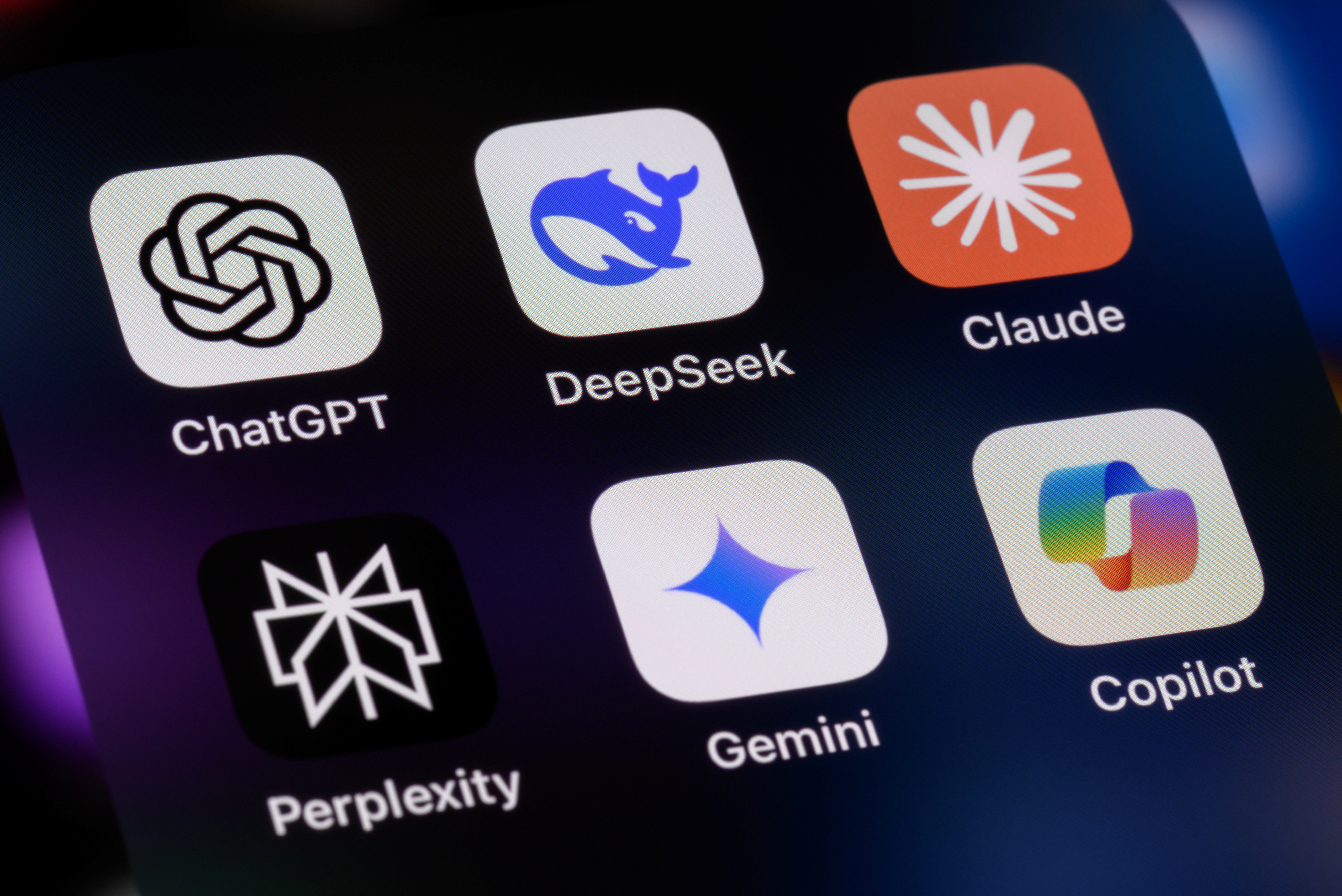5 Things to Know About Streaming Audio
You have more ways than ever to program your own music.
1. WYOU is on the air.
Never mind paying a buck to purchase, download and store individual songs on a phone, tablet or MP3 player. You can now create your own radio station. The streaming field is crowded with spunky start-ups, such as Pandora, Spotify, Rdio and Slacker. Plus, relative old-timers are getting into the act with Apple iTunes Radio, Google Play Music All Access and Microsoft Xbox Music Pass. Each service streams tunes wirelessly to your digital devices and offers a free option (with ads) or a premium option. Fees range from just over $2 a month for iTunes Radio to $10 per month for Google Play Music All Access, Rdio (for Web and mobile streaming), Slacker, Spotify and Xbox Music Pass.
2. You can program your station, too.
Your control over what you hear varies by service and whether you’ve chosen the free or fee option. For radio-style listening, it’s hard to beat free. Pandora users, for instance, go to the service’s app or Web site to enter the name of an artist, song or composer. The service then creates a “radio station” that plays songs in the category you’ve chosen. (You also have the option to choose one of Pandora’s Genre Stations.) The free version has ads; the premium edition ($4 per month) offers ad-free listening and higher-quality audio. The downside: Pandora doesn’t let you play a specific song; rather, it chooses the tunes for you. Spotify allows users of its free service a bit more control, most notably the ability to play the songs of one artist—say, Frank Sinatra—in shuffle mode. But to play a particular Sinatra song on any device, you’ll need to upgrade to the ad-free premium edition. Other premium services, including the $10-per-month versions of Rdio and Slacker, also let you play songs on demand.
3. Sample the music menu.
Each service offers a range of musical genres, from blues to country to hip-hop to classical to world music. But streaming services use algorithms to pick songs for their radio stations, and the resulting playlists can vary considerably. You may find you’re more in sync with one digital DJ than another. The services also vary in the depth of their music collections. Rdio and Spotify boast libraries topping 20 million tracks; Slacker says its library is more than ten times the size of Pandora’s repository of about one million songs.
From just $107.88 $24.99 for Kiplinger Personal Finance
Become a smarter, better informed investor. Subscribe from just $107.88 $24.99, plus get up to 4 Special Issues

Sign up for Kiplinger’s Free Newsletters
Profit and prosper with the best of expert advice on investing, taxes, retirement, personal finance and more - straight to your e-mail.
Profit and prosper with the best of expert advice - straight to your e-mail.
4. Get the app.
Android, BlackBerry, iOS and Windows Phone users can go to their respective app stores and search for the name of the streaming vendor they want to try. And be aware that even when you’re disconnected from the Web on the subway or an airplane, you can still listen to tracks. Paying customers of Rdio, Slacker, Spotify and Xbox Music Pass, for instance, can download songs for off-line listening.
5. Import your iTunes tracks.
You probably listen to podcasts, audio books and interviews as well as music on iTunes. The good news is that longtime iTunes users can import audio files from an iTunes library into many streaming services. Google Play Music All Access, for instance, will bring in iTunes playlists free. Or, if you like iTunes and want to stick with it, give iTunes Match a try ($25 a year). The service uploads all of your iTunes tracks (including songs ripped from CDs) to Apple’s iCloud service. Plus, it automatically upgrades low-grade digital recordings to a higher-quality format. Match subscribers can also listen to iTunes Radio without ads.
Profit and prosper with the best of Kiplinger's advice on investing, taxes, retirement, personal finance and much more. Delivered daily. Enter your email in the box and click Sign Me Up.
-
 Special Report: The Future of American Politics
Special Report: The Future of American PoliticsThe Kiplinger Letter The Political Trends and Challenges that Will Define the Next Decade
-
 We're Still Bullish on Stocks
We're Still Bullish on StocksWe're still bullish on stocks for 2026, but now is the time for investors to pull in their horns and dial down risk.
-
 These Were the Hottest S&P 500 Stocks of 2025
These Were the Hottest S&P 500 Stocks of 2025AI winners lead the list of the S&P 500's top 25 stocks of 2025, but some of the names might surprise you.
-
 9 Types of Insurance You Probably Don't Need
9 Types of Insurance You Probably Don't NeedFinancial Planning If you're paying for these types of insurance, you may be wasting your money. Here's what you need to know.
-
 When Tech is Too Much
When Tech is Too MuchOur Kiplinger Retirement Report editor, David Crook, sounds off on the everyday annoyances of technology.
-
 I Let AI Read Privacy Policies for Me. Here's What I Learned
I Let AI Read Privacy Policies for Me. Here's What I LearnedA reporter uses AI to review privacy policies, in an effort to better protect herself from fraud and scams.
-
 Amazon Resale: Where Amazon Prime Returns Become Your Online Bargains
Amazon Resale: Where Amazon Prime Returns Become Your Online BargainsFeature Amazon Resale products may have some imperfections, but that often leads to wildly discounted prices.
-
 What Is AI? Artificial Intelligence 101
What Is AI? Artificial Intelligence 101Artificial intelligence has sparked huge excitement among investors and businesses, but what exactly does the term mean?
-
 Roth IRA Contribution Limits for 2026
Roth IRA Contribution Limits for 2026Roth IRAs Roth IRAs allow you to save for retirement with after-tax dollars while you're working, and then withdraw those contributions and earnings tax-free when you retire. Here's a look at 2026 limits and income-based phaseouts.
-
 Four Tips for Renting Out Your Home on Airbnb
Four Tips for Renting Out Your Home on Airbnbreal estate Here's what you should know before listing your home on Airbnb.
-
 Five Ways to a Cheap Last-Minute Vacation
Five Ways to a Cheap Last-Minute VacationTravel It is possible to pull off a cheap last-minute vacation. Here are some tips to make it happen.